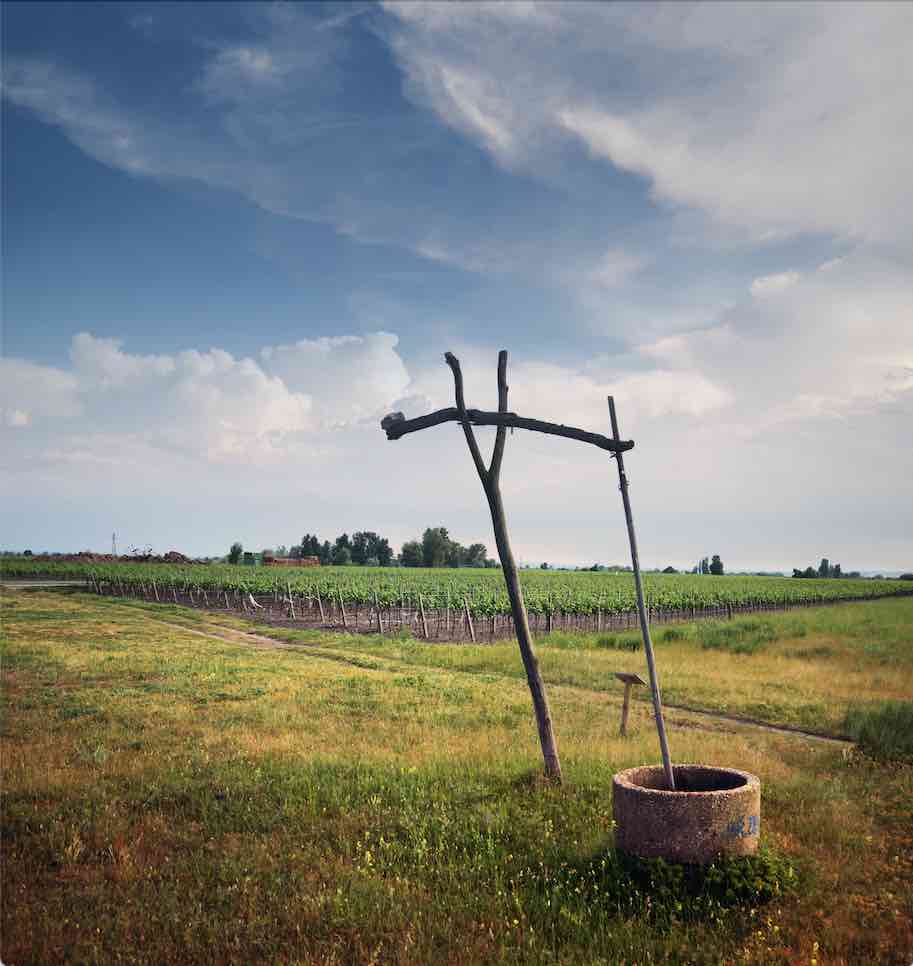
The Seewinkel, originally the area east of Lake Neusiedl in the area of the towns of Podersdorf, Apetlon and Illmitz, is known worldwide for its noble sweet wines. The indication of the narrower origin “Seewinkel” for noble sweet Neusiedlersee DAC Reserve is only permitted if the grapes come from the communities of Apetlon, Illmitz and/or Podersdorf.
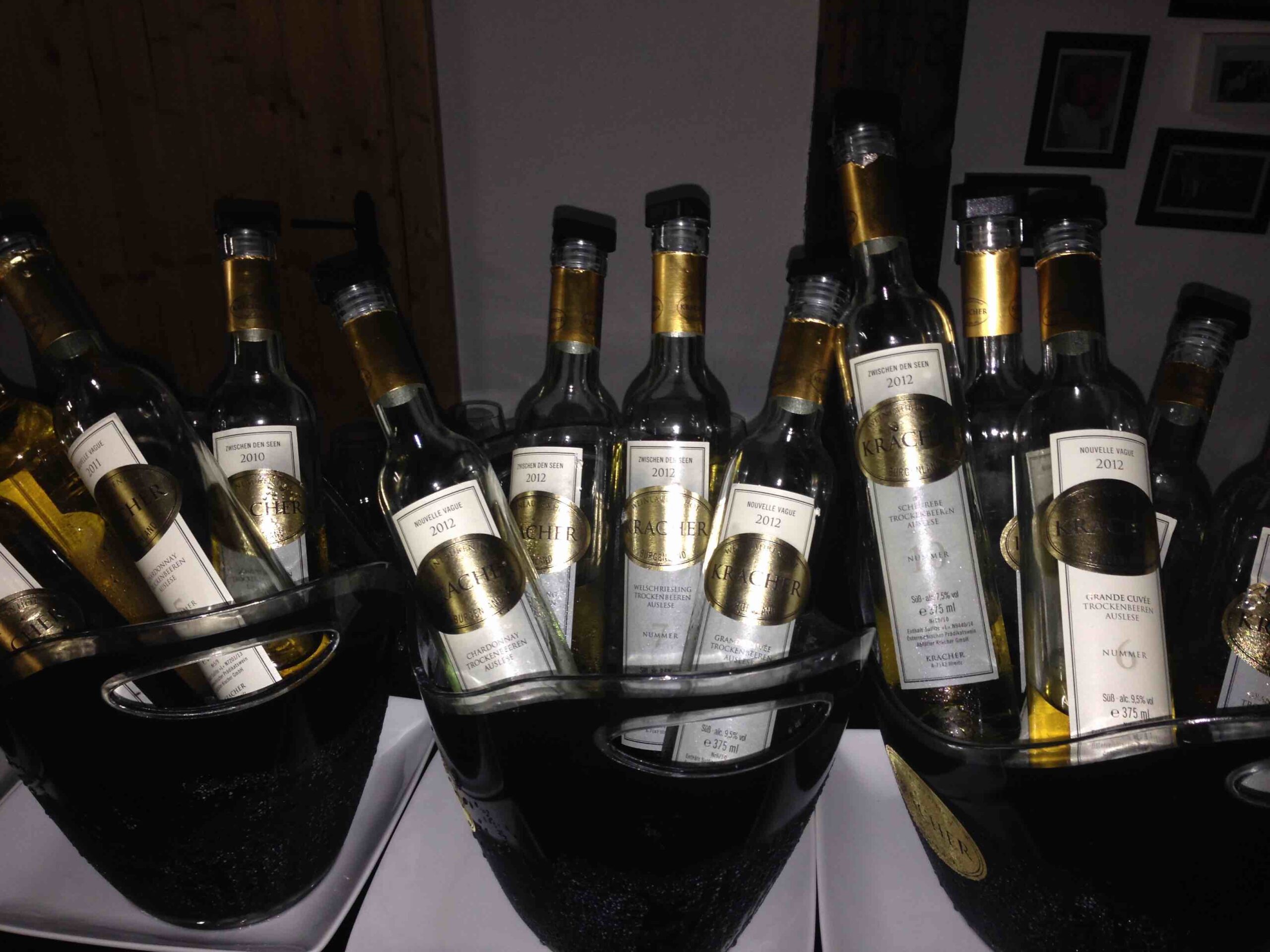
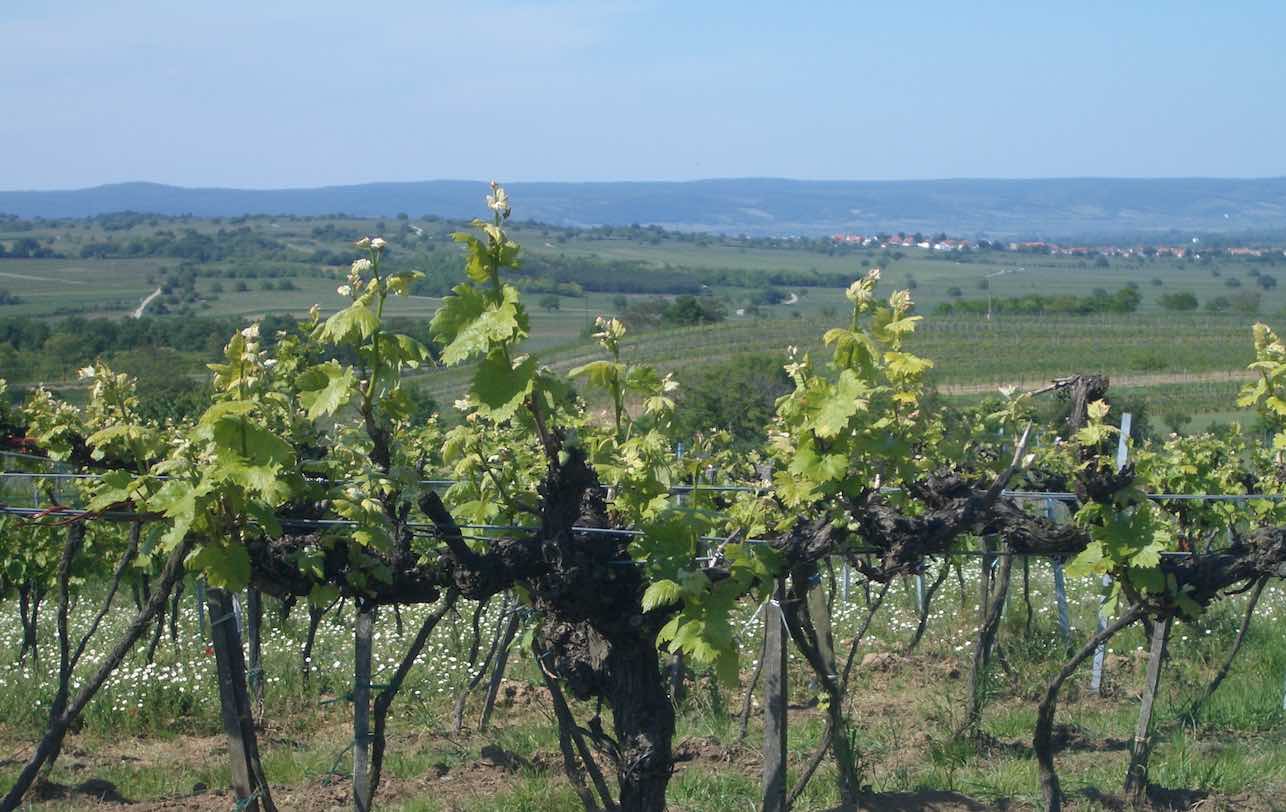
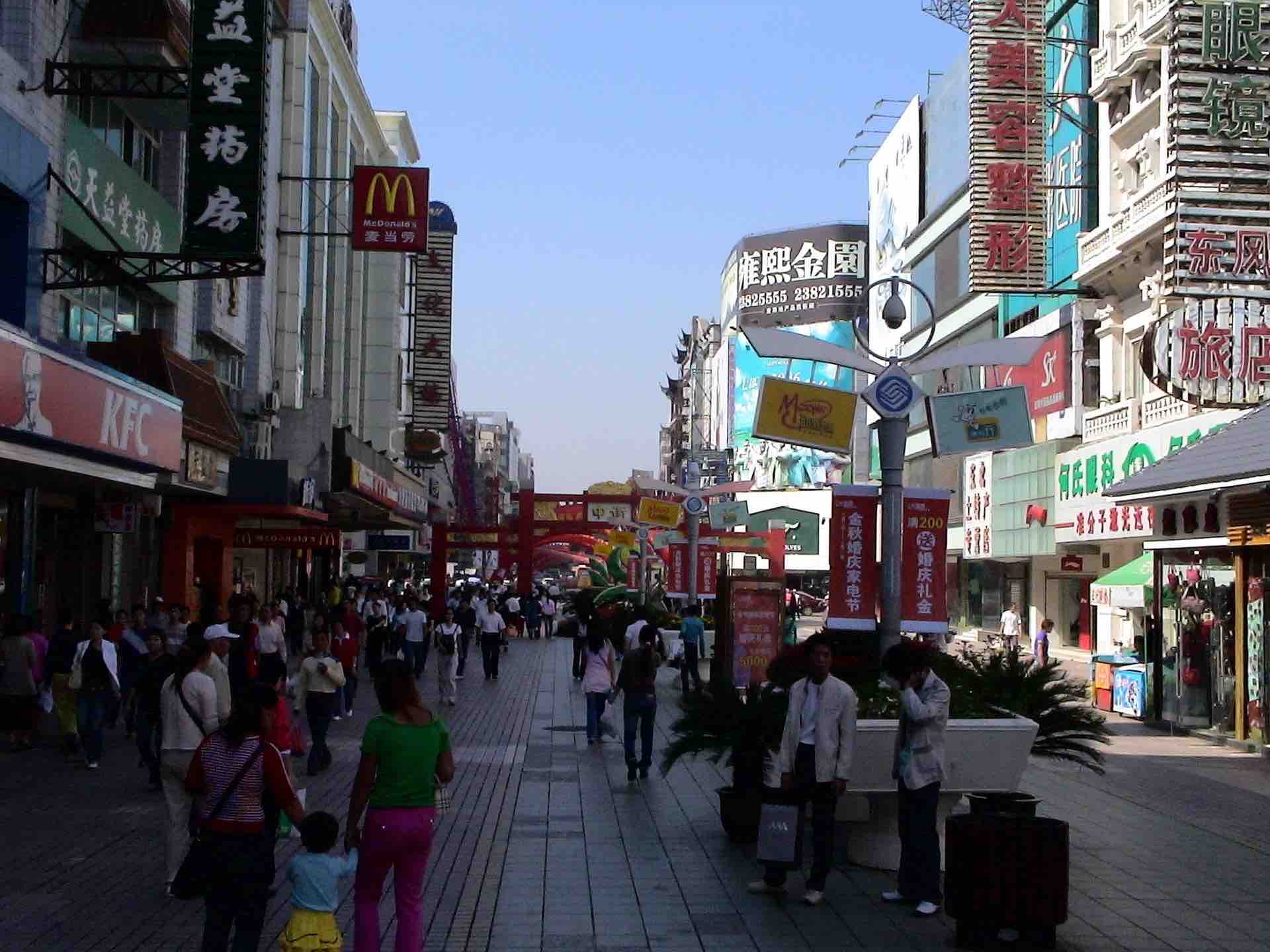
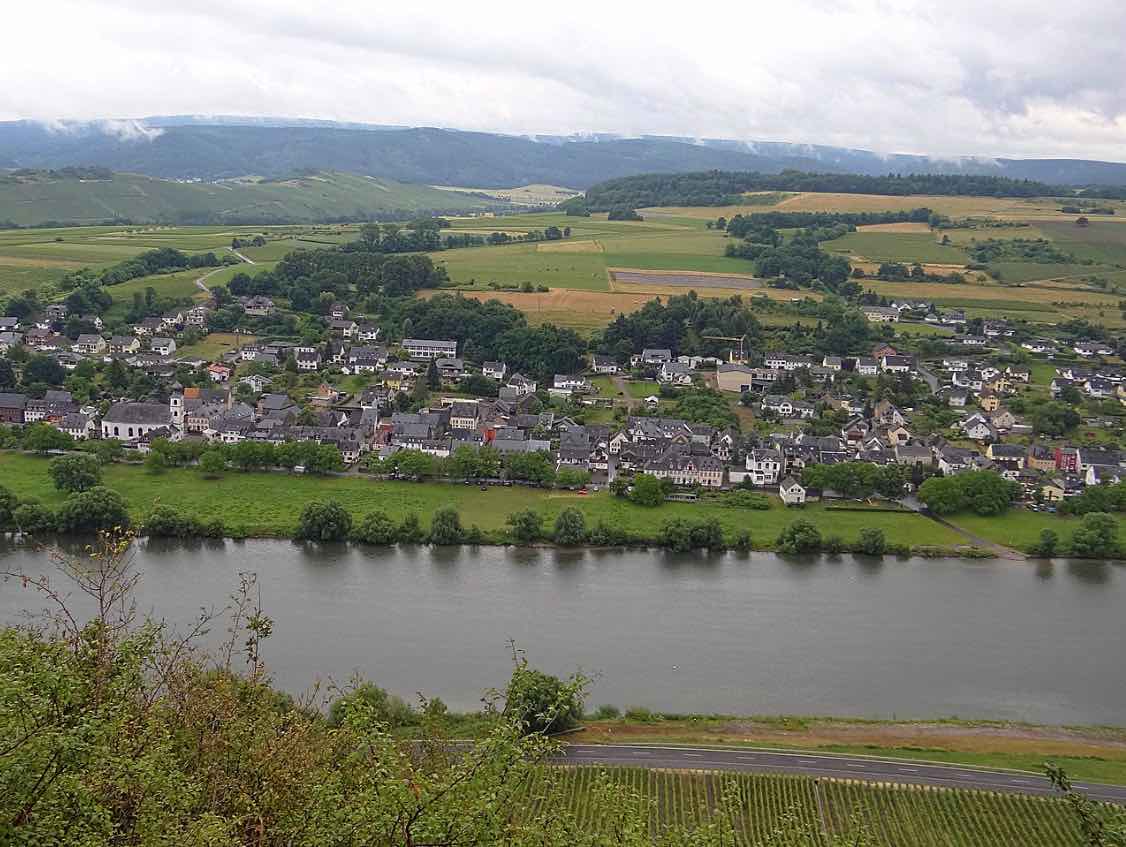
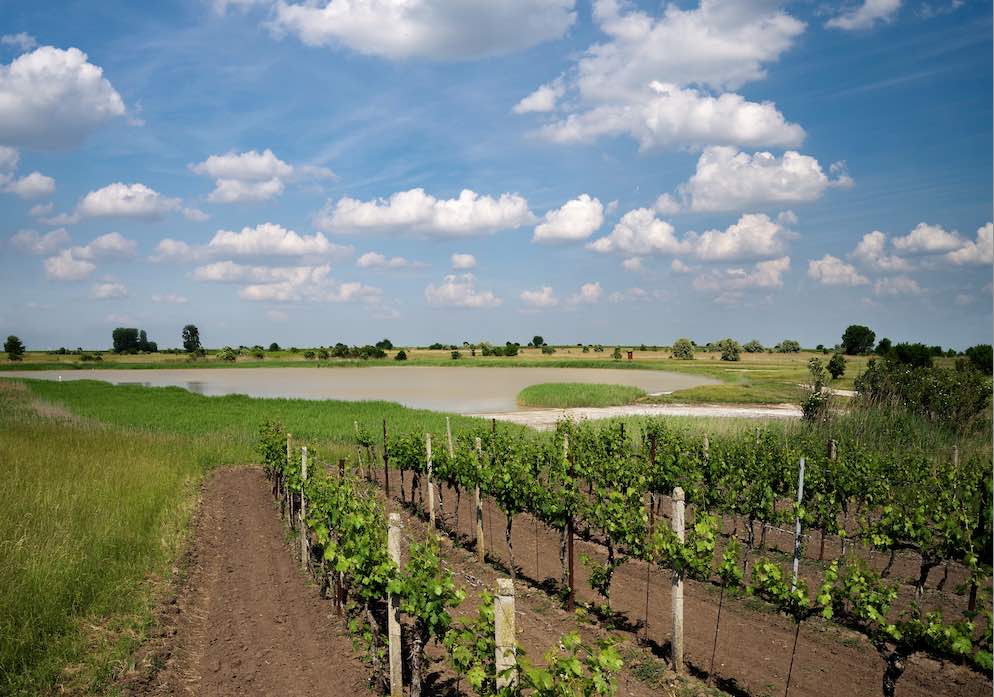
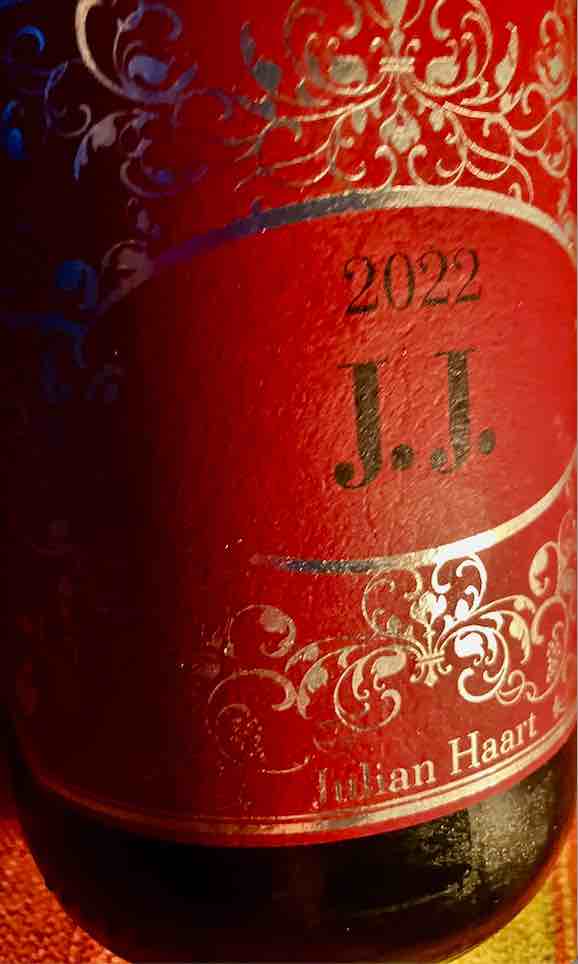
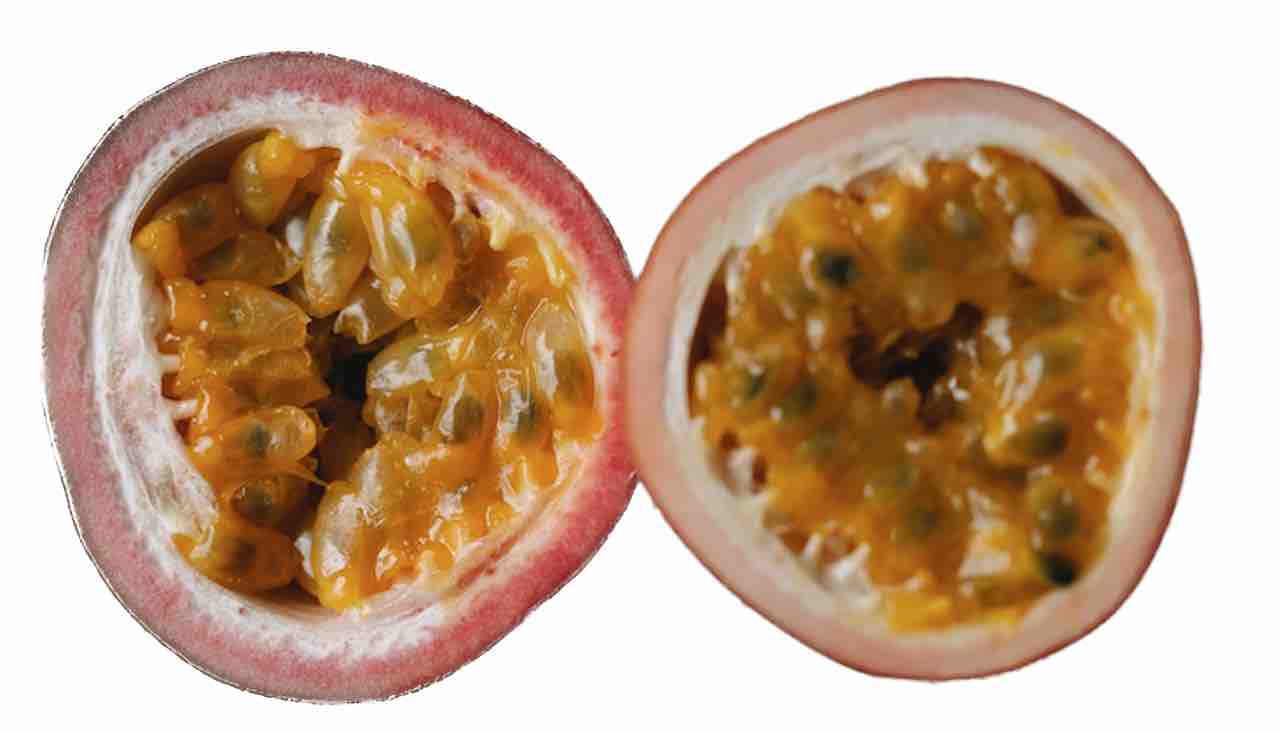
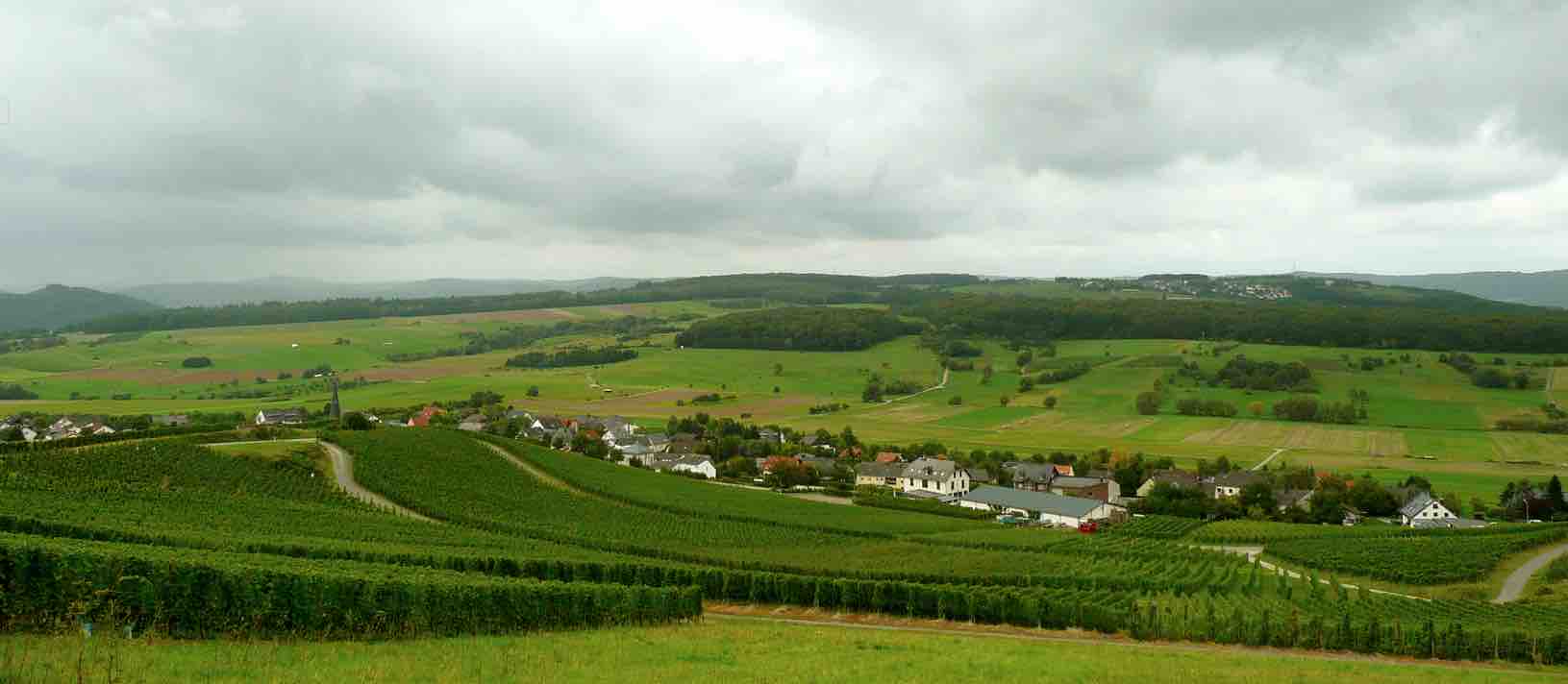
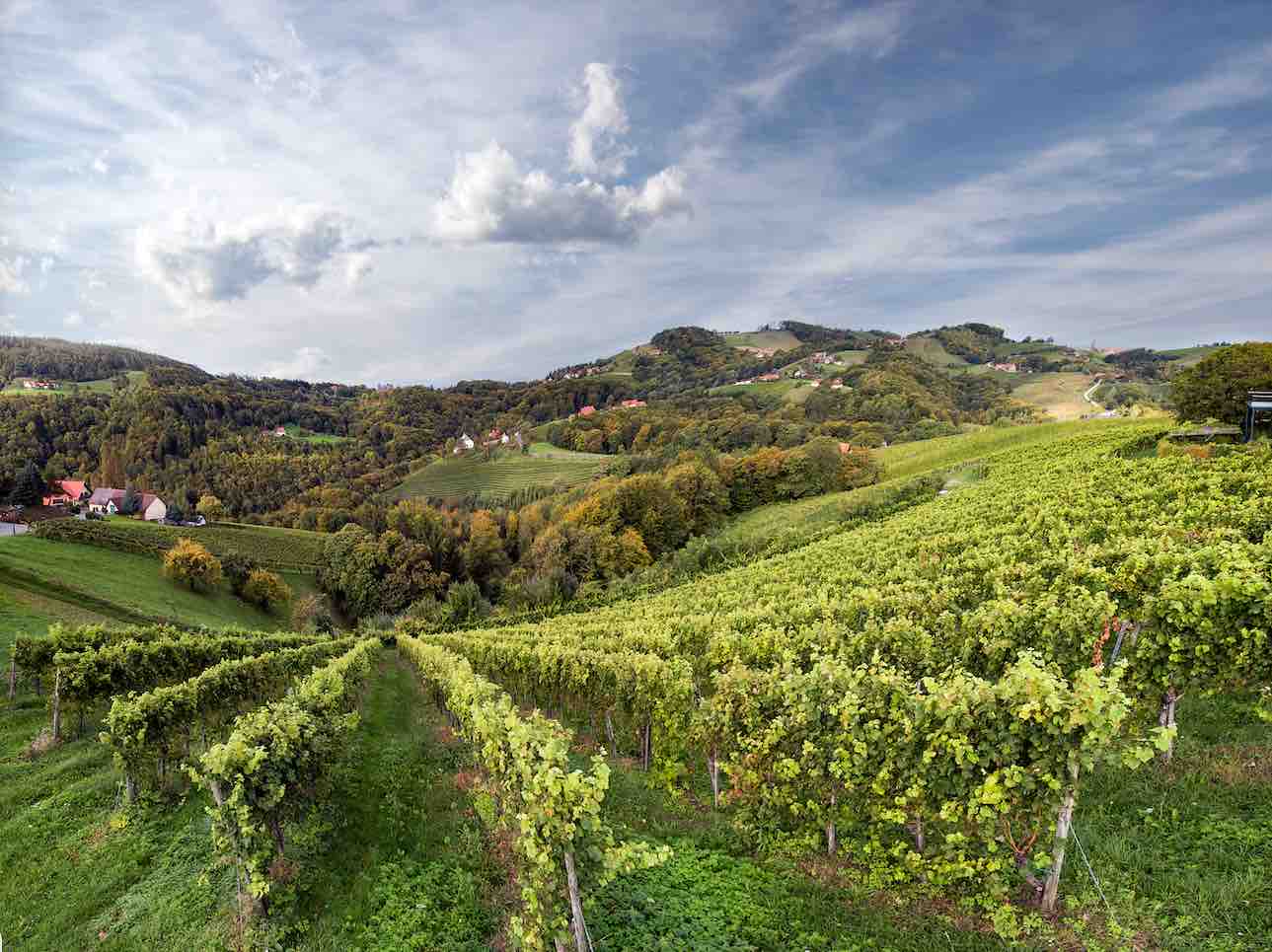
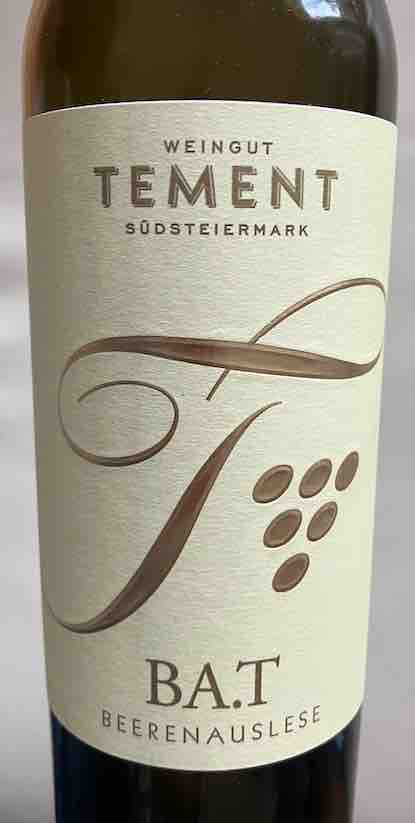 Southern Styria is known for its white wines, 90% of the vines are white varieties, above all the Sauvignon Blanc with around 25%. We tasted a sweet Beerenauslese of this variety from the Tement winery, a winery known for its very good Sauvignon Blanc wines.
Southern Styria is known for its white wines, 90% of the vines are white varieties, above all the Sauvignon Blanc with around 25%. We tasted a sweet Beerenauslese of this variety from the Tement winery, a winery known for its very good Sauvignon Blanc wines.